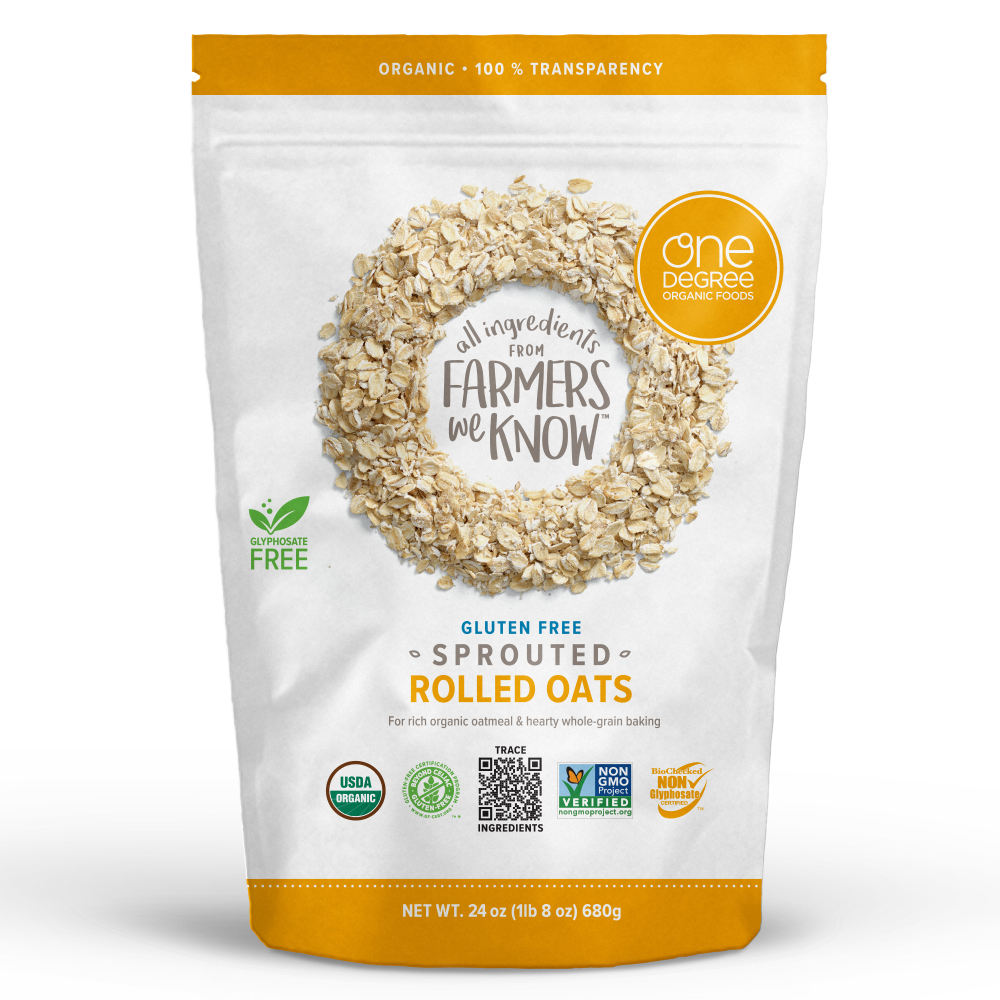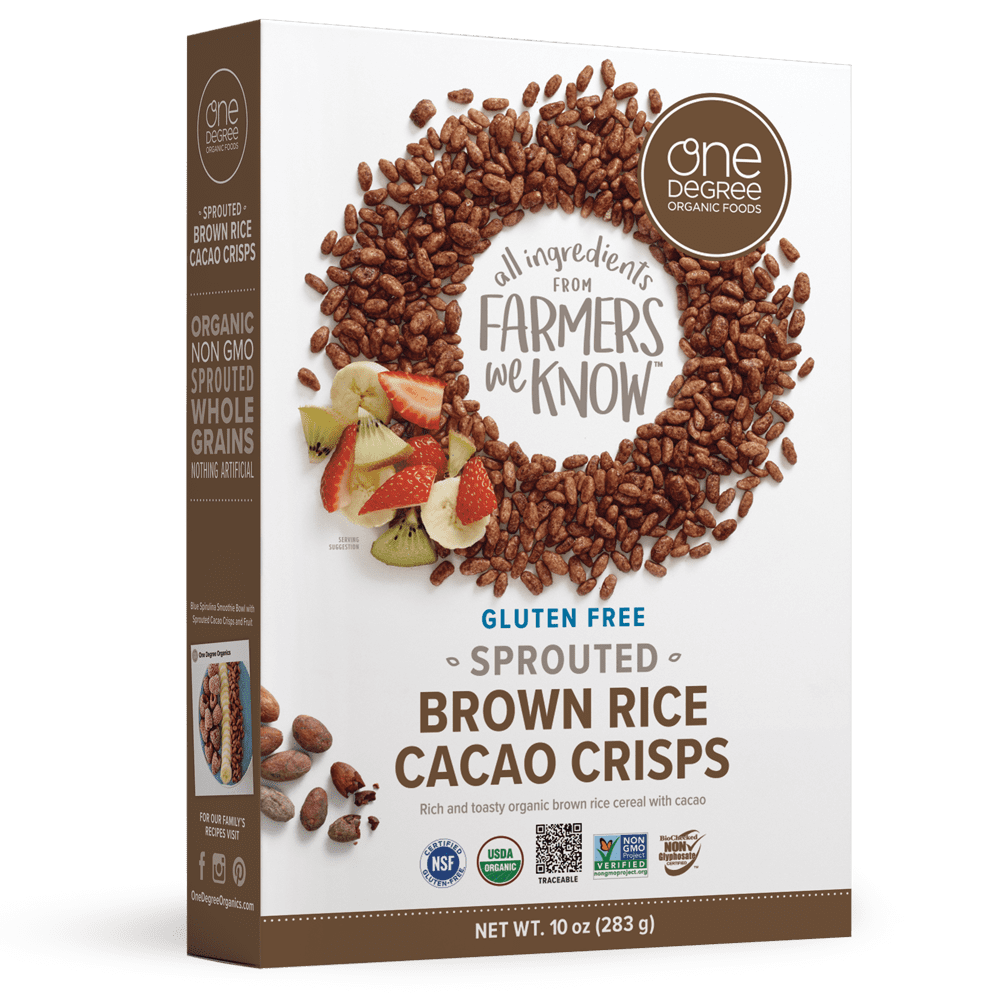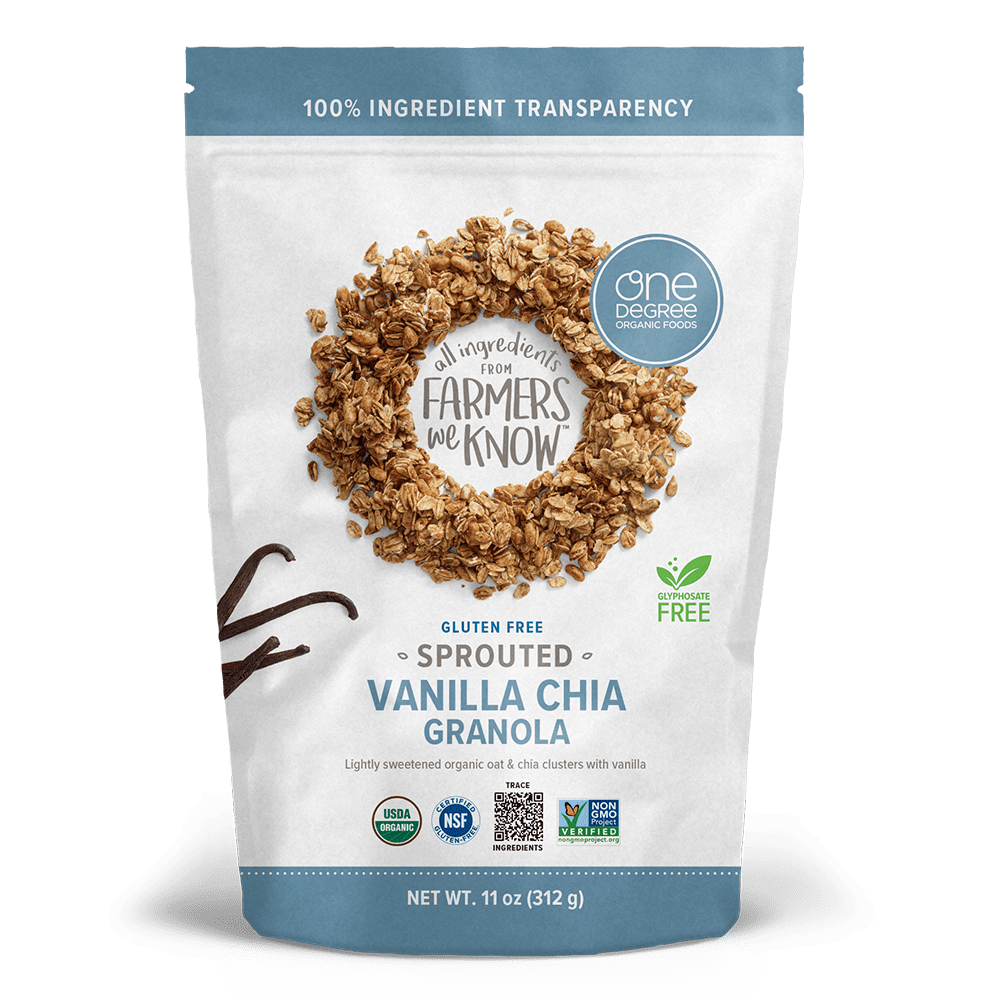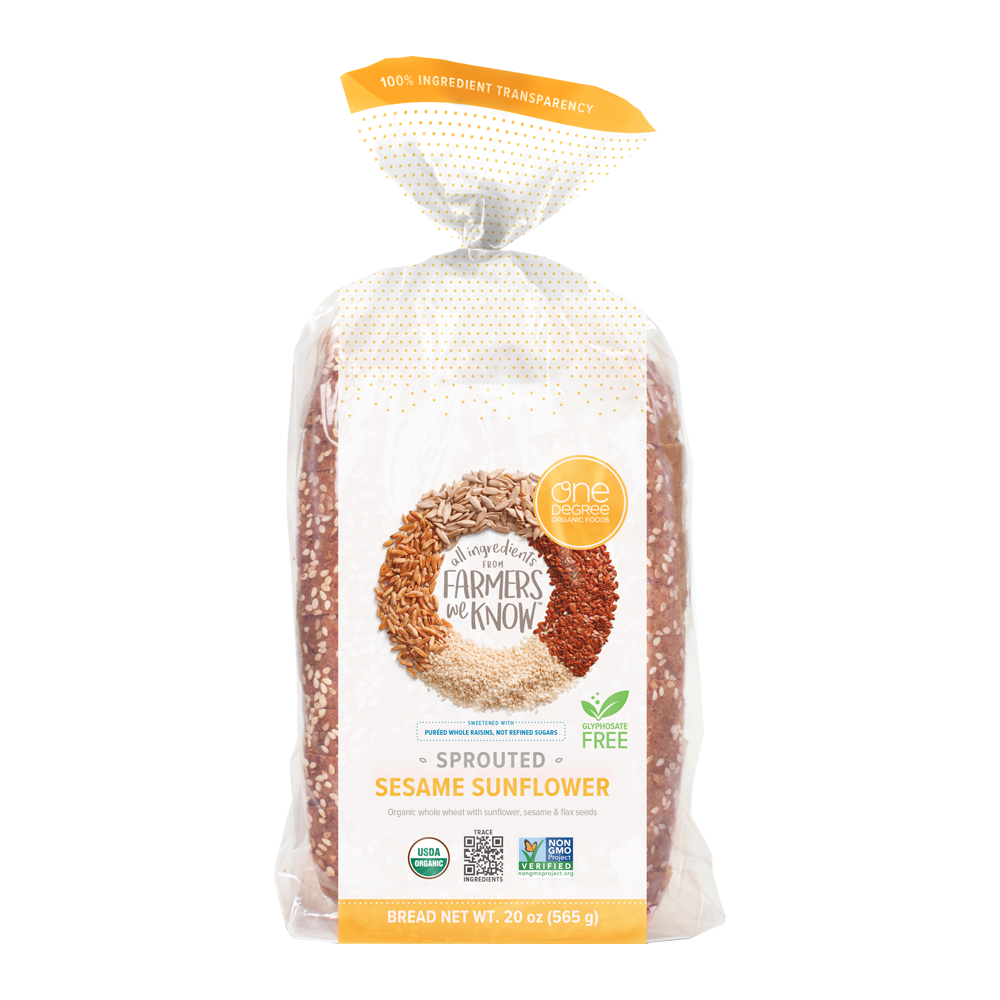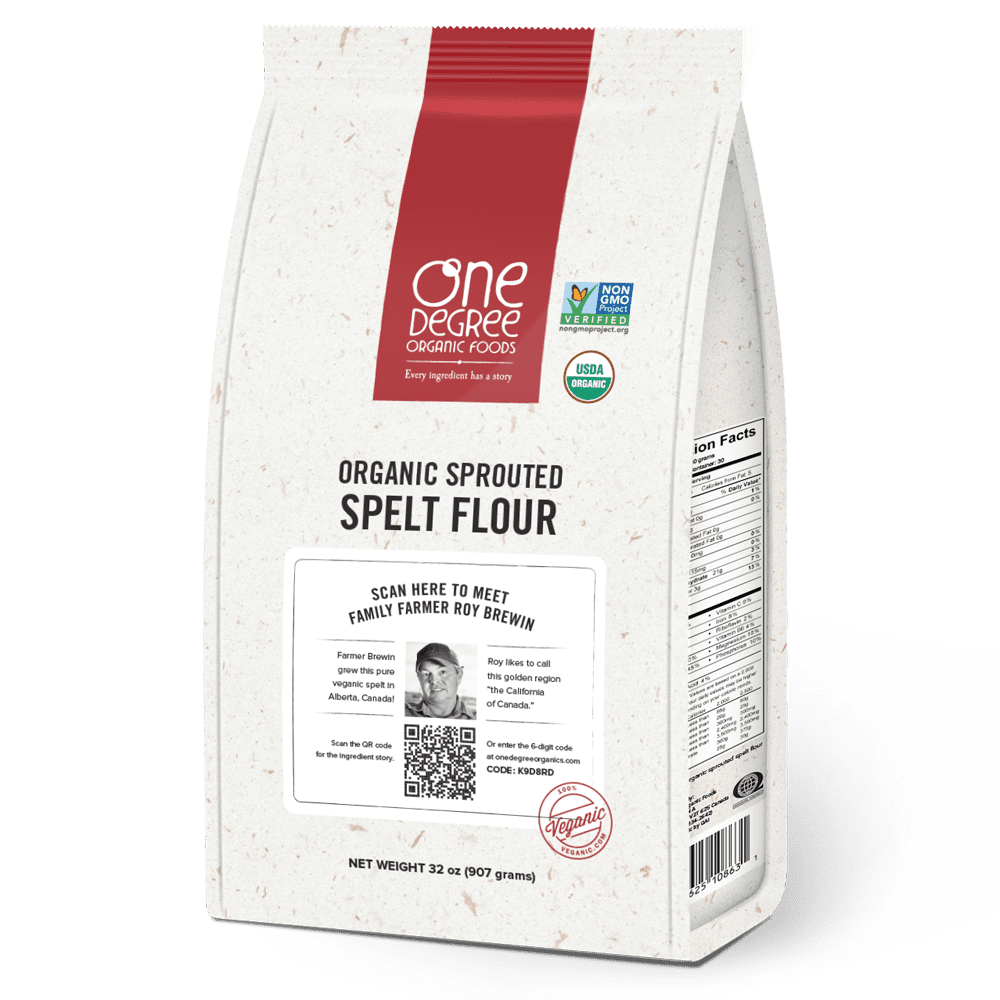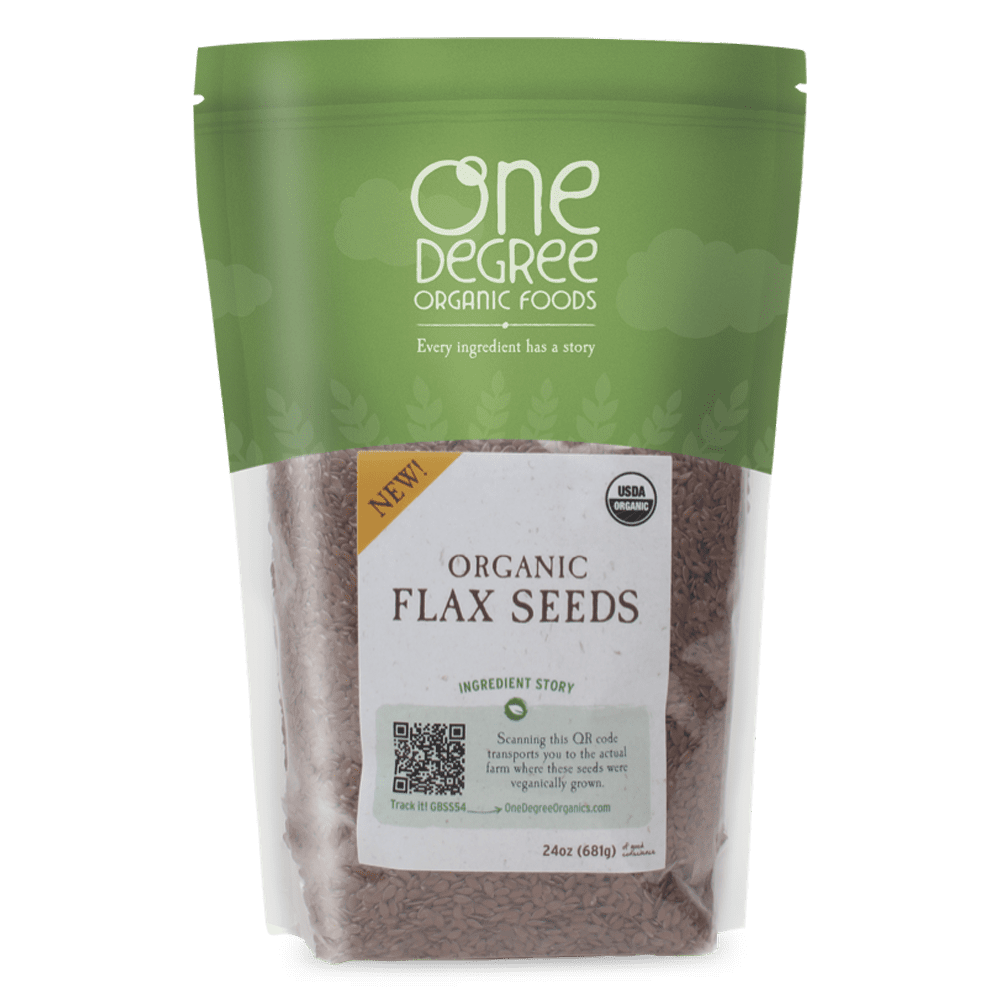At One Degree Organic Foods, our commitment to total food transparency begins with knowing the farmers, co-ops, and processors who make and grow the ingredients we use.
But there is more to transparency than simply making sure every ingredient we source for our family-friendly foods meets the highest standards of organic, plant-based, and sustainable farming practices.
Earning your trust does not end with the relationships we build with our farmer partners. Or even with One Degree Organics’ source code technology that lets you trace every ingredient and meet the farmers who grew them.
We also use a rigorous collection of third-party certifications and quality assurance testing throughout our entire production process—from the moment our clean, organic ingredients arrive at our facilities, all the way to the packaged oats we ship to your favorite store.
Why? Because we know you care as much about the quality and safety of the foods you feed your family as we do.
Keep reading to learn about how we use testing and certifications to make sure the One Degree Organics oats you put on your table are the very best on the market.
Transparency Table
Glyphosate cannot be used on certified organic farms, but farms may be exposed to glyphosate through water run-off or wind drift. We send our certified organic oats for third-party testing to make sure they are truly glyphosate-free.
One random sample from a specific oat farmer is tested for glyphosate every month. This table lists the most recent glyphosate tests by oat farmer and only show results for the last 12 months*:
Farmer | Result | Date Tested |
Philip Driedger | ✓ | August
2023 |
58th Parallel | ✓ | September 2023 |
Mclean Farms | ✓ | October
2023 |
Harvey Derksen | ✓ | November 2023 |
Frank Neustaeter | ✓ | December 2023 |
Willie Peters | ✓ | January 2024 |
Prairie Wolfe Farms | ✓ | February 2024 |
Aspen Acres | ✓ | March 2024 |
Herman Friesen | ✓ | April 2024 |
Natural Grown Farms | ✓ | May 2024 |
58th Parallel | ✓ | June 2024 |
Rylan Weir | ✓ | July 2024 |
* Glyphosate tests are pass/fail; ✔︎ indicates test results meet BioChecked Non Glyphosate
US and Canadian food safety regulations require all food manufacturers to follow strict preventive control programs and use verification testing for foodborne pathogens (Listeria, Salmonella, E. Coli 0157:H7, Staphylococcus aureus, and Bacillus cereus), funguses (yeast, mold), and mycotoxins (Vomitoxin).
Over and above required testing, one random sample from a specific oat farmer is tested for foodborne pathogens, funguses, and mycotoxins every month. This table lists the most recent microbiological tests by oat farmer and only show results for the last 12 months*:
Farmer | Listeria | Salmonella | E. Coli 0157:H7 | Staphylococcus ayreus | Bacillus cereus | Yeast | Mold | Vomitoxin | Date Tested |
Philip Driedger | ✓ | ✓ | ✓ | ✓ | ✓ | ✓ | ✓ | ✓ | August 2023 |
58th Parallel | ✓ | ✓ | ✓ | ✓ | ✓ | ✓ | ✓ | ✓ | September 2023 |
Mclean Farms | ✓ | ✓ | ✓ | ✓ | ✓ | ✓ | ✓ | ✓ | October 2023 |
Harvey Derksen | ✓ | ✓ | ✓ | ✓ | ✓ | ✓ | ✓ | ✓ | November 2023 |
Frank Neustaeter | ✓ | ✓ | ✓ | ✓ | ✓ | ✓ | ✓ | ✓ | December 2023 |
Willie Peters | ✓ | ✓ | ✓ | ✓ | ✓ | ✓ | ✓ | ✓ | January 2024 |
Prairie Wolfe Farms | ✓ | ✓ | ✓ | ✓ | ✓ | ✓ | ✓ | ✓ | February 2024 |
Aspen Acres | ✓ | ✓ | ✓ | ✓ | ✓ | ✓ | ✓ | ✓ | March 2024 |
Herman Friesen | ✓ | ✓ | ✓ | ✓ | ✓ | ✓ | ✓ | ✓ | April 2024 |
Natural Grown Farms | ✓ | ✓ | ✓ | ✓ | ✓ | ✓ | ✓ | ✓ | May 2024 |
58th Parallel | ✓ | ✓ | ✓ | ✓ | ✓ | ✓ | ✓ | ✓ | June 2024 |
Rylan Weir | ✓ | ✓ | ✓ | ✓ | ✓ | ✓ | ✓ | ✓ | July 2024 |
* Foodborne pathogen and microbiological tests are pass/fail; ✔︎ indicates test results meet all US FDA and Canadian SFCR regulatory standards for the organisms and mycotoxins listed above.
Arsenic, lead, mercury, and cadmium are heavy metals of concern to human health. Regulators in the US and Canada expect them to be present at low levels in food because they occur naturally in the environment. There are no US or Canadian standards for maximum levels of heavy metals in food.
Although heavy metals are not normally a concern with oats, one random sample from a specific oat farmer is tested for heavy metals every month. This table lists the most recent heavy metal tests by oat farmer and only show results for the last 12 months*:
Farmer | Inorganic Arsenic Results | Lead Results | Mercury Results | Cadmium Results | Date Tested |
Philip Driedger | ✓ | ✓ | ✓ | ✓ | August 2023 |
58th Parallel | ✓ | ✓ | ✓ | ✓ | September 2023 |
Mclean Farms | ✓ | ✓ | ✓ | ✓ | October 2023 |
Harvey Derksen | ✓ | ✓ | ✓ | ✓ | November 2023 |
Frank Neustaeter | ✓ | ✓ | ✓ | ✓ | December 2023 |
Willie Peters | ✓ | ✓ | ✓ | ✓ | January 2024 |
Prairie Wolfe | ✓ | ✓ | ✓ | ✓ | February 2024 |
Aspen Acres | ✓ | ✓ | ✓ | ✓ | March 2024 |
Herman Friesen | ✓ | ✓ | ✓ | ✓ | April 2024 |
Natural Grown Farms | ✓ | ✓ | ✓ | ✓ | May 2024 |
58th Parallel | ✓ | ✓ | ✓ | ✓ | June 2024 |
Rylan Weir | ✓ | ✓ | ✓ | ✓ | July 2024 |
* Heavy metal tests are pass/fail; ✔︎ indicates test results are [below .010 PPM for Arsenic, Cadmium and Lead and .0050 PPM for Mercury
Testing for gluten is performed at the lot level using the recognized gold standard ELISA test. Results must be below 20 ppm to be certified gluten-free.
We do not perform gluten testing on raw oats at the farmer level, but screening shipments of oats is the first check in our production process. To learn more about how we ensure our oats are gluten-free, read our section on gluten testing below.
Many countries permit the use of chlormequat in farming, which is a harmful pesticide that some farmers use to fortify their crops. Just like glyphosate, chlormequat is not used or allowed in organic farming. However, we still choose to test for it to ensure that we remove the risk of run-off from water or cross contamination from other sources.
Since we work directly with our farm partners, we are able to ensure that every crop entering our facility is safe and free from chemicals and pesticides like chlormequat. We do this through regular testing intervals throughout the year.
Farmer | Chlormequat Free | Date Tested |
River's Edge | ✓ | April 2024 |
Joey Neufeld | ✓ | April 2024 |
Prairie Wolfe | ✓ | April 2024 |
Herman Friesen | ✓ | April 2024 |
Aspen Acres Organics | ✓ | April 2024 |
Sunrise Mobile | ✓ | April 2024 |
McCullough Farms | ✓ | April 2024 |
Herman Peters | ✓ | April 2024 |
John Braun | ✓ | April 2024 |
David Fehr | ✓ | April 2024 |
Joe Peters | ✓ | April 2024 |
Natural Grown Farms | ✓ | May 2024 |
58th Parallel | ✓ | June 2024 |
Rylan Weir | ✓ | July 2024 |
In this Testing Transparency article:
- Allergens: Peanut- and Tree Nut-Free Oat Facility
- Gluten: Certified Gluten-Free
- Organic: Certified Organic and Non-GMO Project Verified
- Glyphosate: BioChecked Non Glyphosate Certified
- Foodborne Pathogens and Microbiological Testing
- Heavy Metals
- Chlormequat
Allergens: Peanut- and Tree Nut-Free Oat Facility
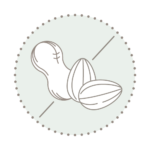
Whether you choose rolled, quick, or steel cut, our certified organic sprouted oats are processed in peanut- and tree nut-free facility. We do not work with nut ingredients of any kind. And we have all necessary safeguards and protocols in place to ensure no cross-contamination happens from the ingredients that come into our oat facility—or from the team members working there.
back to Testing Transparency top
Gluten: Certified Gluten-Free
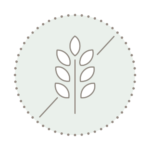
As a grain, oats are naturally gluten-free. But it is very common for a crop or container of oats to be contaminated with gluten-containing grains like wheat or barley. (Even if a farmer only grows oats, other grains may be mixed into seed stock, or find their way to a farmers’ fields by wind or wing).
To ensure the oats we receive directly from our farmers as close to gluten-free as possible—and that every bag of One Degree Organics sprouted oats you take home to your family live up to certified gluten-free claims—we have multiple checks and tests throughout our production process:
- Receiving:
Before a shipment of oats is accepted into our facility, a sample is screened for any foreign items—including gluten-containing grains. The ratio of gluten-containing grains to oats must be below our threshold to ensure we can effectively remove them during processing. Shipments of oats are only accepted once they pass this initial screening. - Post-Sprout Sorting:
After we sprout our organic oats, they go through an optical sorter that uses a high-resolution camera and bursts of air to remove any other grains, contaminants, or foreign objects from the field. After sorting, our organic sprouted oats go through a full round of testing for any trace of gluten in the batch. - Before Bagging:
After our organic sprouted oats are turned into rolled, steel cut, or quick varieties—and before they are put into bags and sealed—a final inspection is completed to ensure they meet gluten-free certification standards.
(As we use different third-party gluten-free certifications depending on the product and the country in which it is sold, please check out the Who Certifies Your Gluten-Free Products / Which Gluten-Free Certifications Do You Use? section on our FAQ page for the full list of gluten-free certifiers).
back to Testing Transparency top
Organic: Certified Organic and Non-GMO Project Verified

One Degree Organics only partners with farmers whose farms are certified organic by USDA Organic, Canadian Organic Standards, or Quality Assurance International (QAI) and qualify to bear the applicable certification USDA Organic, Canada Organic, or QAI logos.
These certifications are strictly regulated and ensure all organic foods are grown using natural farm practices that promote ecological balance, biodiversity, soil and water quality—and avoid the use of synthetic fertilizers, herbicides, pesticides, or genetic engineering.
By using certified organic ingredients grown using plant-based organic farming practices, and processed in certified organic facilities, you can be sure One Degree Organics oats are pesticide-free and always non-GMO.
In addition to being certified organic, our oats are also Non-GMO Project Verified to confirm our commitment to using only non-GMO ingredients.
back to Testing Transparency top
Glyphosate: BioChecked Non Glyphosate Certified

You cannot be certified organic and use glyphosate on your farm. But despite having organic certification, a farm may still be exposed to glyphosate through water run-off and wind if nearby farms are using it. That is why we choose to go the extra mile and send our certified organic oats to a third party to have them tested for glyphosate. BioChecked Non Glyphosate Certified means One Degree Organics oats are truly 100% certified organic and glyphosate free.
Displaying the BioChecked Non Glyphosate Certified logo on our packaging is not a one-time thing—it is an ongoing commitment. We have one random sample from a specific oat farmer tested every month to make sure we continue to meet this standard.
back to Testing Transparency top
Foodborne Pathogens and Microbiological Testing

Under US FDA and USDA regulations, and Canada’s CFIA and Safe Foods for Canadians regulations, all food manufacturers are required to follow strict preventive control programs and verification testing for foodborne pathogens and other unwanted microorganisms and organic toxins[1],[2].
Mandated microbiological testing of each batch is only one part of making sure our oats are free from foodborne pathogens like Listeria, Salmonella, E. Coli 0157:H7, Staphylococcus aureus, and Bacillus cereus—as well as funguses like yeast and mold, and mycotoxins like Vomitoxin.
Consistent use of preventive controls for microbiological hazards at all stages of production are key. At One Degree, we use a collection of preventive controls appropriate to our facility and the food we produce—as well as regular product testing—to make sure our oats meet the highest standards for food safety.
Random samples of specific farmers’ oats are tested every month as just one of countless preventive controls we use in our facilities.
back to Testing Transparency top
Heavy Metals: Arsenic, Lead, Mercury and Cadmium
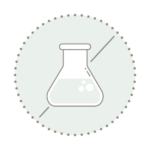
Arsenic, lead, mercury, and cadmium are heavy metals of concern to human health. Because they are elements that occur widely in naturally-occurring deposits in the Earth’s crust—and thus in soil and water—they can accumulate in the food supply through plants and other foods people eat.[3]
While both US FDA and Health Canada have established maximum allowable limits for heavy metals in drinking water, there are no set limits on arsenic, lead, mercury, or cadmium in food in either the United States[4] or Canada[5].
Food producers and manufacturers are forbidden to add heavy metals as adulterants on purpose. And under regulations that require preventive controls, they are also responsible for reducing risk of accidentally adding these elements in foods.
But regulators on both sides of the border expect arsenic, lead, mercury, and cadmium to be present at low levels in food because they occur naturally in the environment.
And in the absence of a specific maximum level, regulators assess the safety of heavy metals in food on a case-by-case basis using the most current scientific data.
But at One Degree Organics, we know consumers expect—and deserve—better. That is why we do not stop at the minimum preventive controls required. We have increased our testing for heavy metals as of 2023, selecting random samples from specific oat farmers every month for testing.
Chlormequat
![]()
Chlormequat is a highly toxic agricultural chemical that works by altering plant growth and can disrupt fetal growth and harm the reproductive system.[6]
There were many concerns about this harmful chemical. However, at One Degree Organics, we work directly with the farmers and know they are not using this chemical- nor is it allowed in organic farming.
Despite this, we still thought it necessary to send our oats for testing to ensure they are Chloremequat-free so we can provide improved transparency to our consumers.
The recent test results show our organic oats do not contain any traces of Chloremequat. We plan on adding this to our regular testing schedule because we believe all our consumers deserve the highest quality of clean, tested, and organically healthy products.
To learn more about how we make our sprouted oats—including all the steps we take and tests we run to ensure quality from the farm to your spoon—check out this article.
We will update this article to include other One Degree Organics products over time. Check back soon! In the meantime, scroll down to sign up for our email newsletter. Follow us on Instagram, Pinterest, and Facebook for inspiration. Or reach out with specific questions through our Contact page.
back to Testing Transparency top
References
[1]Canadian Food Inspection Agency, Understanding the Safe Food for Canadians Regulations: A handbook for food businesses: Regulatory Requirements: Preventive Controls: 2.1 A: Responsibilities of operators (SFCR: Sections 47 and 48). 2022-05-26. Available from: https://inspection.canada.ca/preventive-controls/regulatory-requirements/eng/1616007201758/1616008092049?chap=0, accessed August 25, 2023.
[2]National Advisory Committee on Microbiological Criteria for Foods (NACMCF), U.S. Department of Agriculture, Food Safety and Inspection Service, Microbiological Testing by Industry of Ready-to-Eat Foods Under FDA’s Jurisdiction for Pathogens (or Appropriate Indicator Organisms): Verification of Preventive Controls. Adopted April 22, 2021, Washington, DC. Available from: https://www.fsis.usda.gov/sites/default/files/media_file/2022-03/NACMCF_2018-2020_RTE_Testing.pdf, accessed August 25, 2023.
[3]Wong, C., Roberts, S., Saab, I., Review of regulatory reference values and background levels for heavy metals in the human diet. Regulatory Toxicology and Pharmacology, volume 130, April 2022, 105122. Available from: https://www.sciencedirect.com/science/article/pii/S0273230022000095, accessed August 28, 2023.
[4]Food and Drug Administration, Department of Health and Human Services, 21 CFR Part 109: Unavoidable Contaminants in Food for Human Consumption and Food-Packaging Material. Authority: 21 U.S.C. 321, 336, 342, 346, 346a, 348, 371. Source: 42 FR 52819, Sept. 30, 1977, unless otherwise noted. Available from: https://www.ecfr.gov/current/title-21/chapter-I/subchapter-B/part-109, accessed August 28, 2023.
[5]Canadian Food Inspection Agency, Pesticides and Metals in Grain Products and Ready-to-Eat Meals – April 1, 2016 to March 31, 2017, Food chemistry – Targeted surveys – Final report. 2020-10-07. Available from: https://inspection.canada.ca/food-safety-for-industry/food-chemistry-and-microbiology/food-safety-testing-reports-and-journal-articles/pesticides-and-metals-in-grain-products-and-ready-/eng/1598548756758/1598548757243, accessed August 28, 2023.
[6]Environmental Working Group, Chlormequat: What You Need To Know About This Problematic Pesticide. Available from:https://www.ewg.org/news-insights/news/2023/05/chlormequat-what-you-need-know-about-problematic-pesticide,accessed December, 2023.
